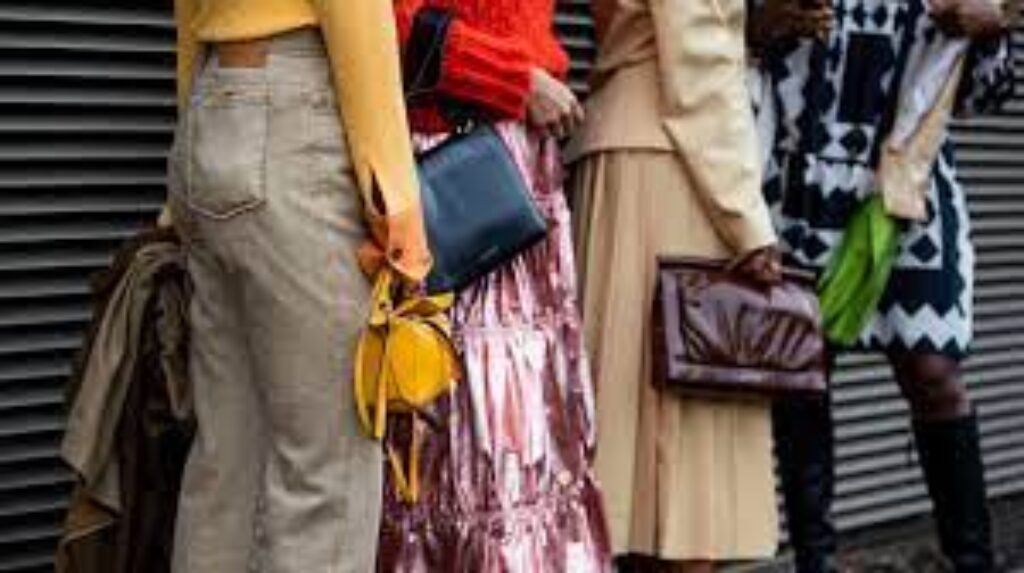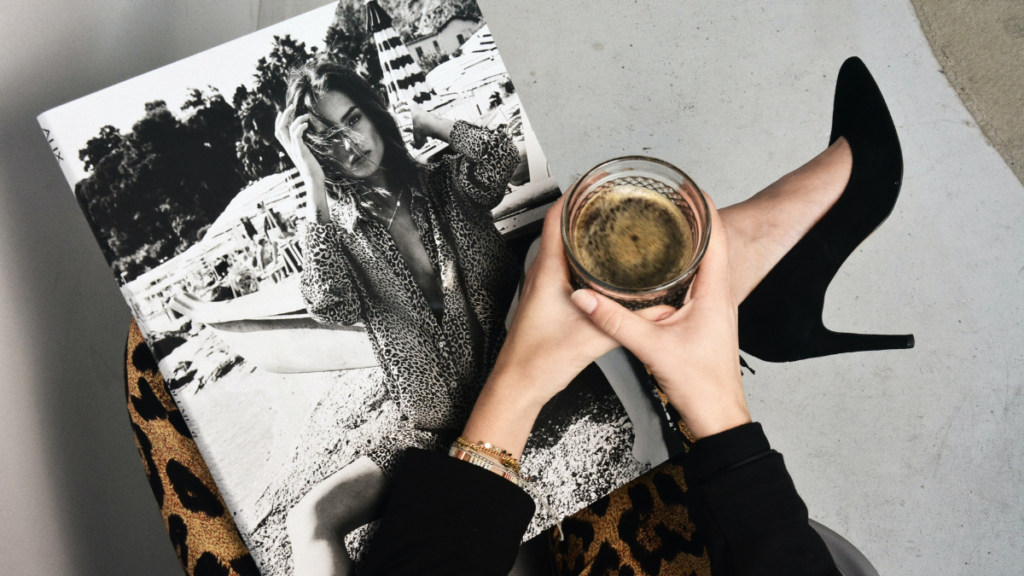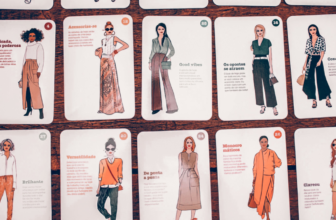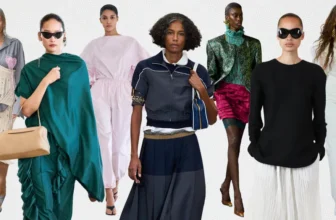
Fashion’s New Era: The Shift Toward Inclusivity and Representation
Fashion has always been a powerful tool of self-expression, identity, and culture. But for decades, the industry painted a narrow picture of beauty—one that excluded many based on race, body size, gender identity, age, and ability. Today, that picture is finally beginning to change. We are living in a new era of fashion—one that values inclusivity and representation as essential, not optional.
From runways to ad campaigns, and from design rooms to boardrooms, the shift is reshaping the fashion world—and it’s about time.
The Problem With the Old Fashion System

Historically, mainstream fashion promoted a limited standard of beauty. White, thin, cisgender, and able-bodied models dominated the covers of magazines and the catwalks of Paris, Milan, and New York. This lack of representation had a real impact, alienating millions of people and sending the message that they weren’t “fashionable enough” to be seen.
This exclusion wasn’t just about who wore the clothes—it was about who designed them, who could access them, and who felt welcomed in the conversation.
What’s Changing—and Why It Matters
In recent years, fueled by social media movements, consumer demand, and a growing wave of conscious creators, fashion has started to evolve. Here’s how:
1. Diverse Runway Casting
Top designers and fashion weeks are beginning to reflect the world we actually live in. Brands like Chromat, Savage X Fenty, Collina Strada, and Christian Siriano have led the charge in featuring models of all sizes, races, ages, and abilities. At New York Fashion Week, it’s now more common—and celebrated—to see gender-diverse and plus-size models proudly owning the runway.
2. Inclusive Sizing
The old “one-size-fits-all” mindset is being replaced by brands that understand bodies come in many forms. Labels like Universal Standard, Good American, and SKIMS offer wide size ranges with fit models for different body types. Even legacy brands like Nike and Victoria’s Secret are catching up by expanding sizing and rethinking who gets to wear their clothes.
3. Adaptive Fashion
The conversation around inclusivity now includes disability access. Adaptive fashion—designed for people with mobility needs, sensory sensitivities, or medical devices—is a growing segment. Brands like Tommy Hilfiger Adaptive, Liberare, and IZ Adaptive are proving that fashion can be both functional and stylish for everyone.
4. Representation Behind the Scenes
True change isn’t just about who we see on the covers—it’s about who’s making the decisions. More BIPOC and LGBTQ+ designers, stylists, photographers, and creative directors are gaining platforms and visibility. The work of designers like Telfar Clemens, Prabal Gurung, Aurora James, and Pierre Davis (the first trans woman to show at NYFW) is shaping an industry that reflects more perspectives.
Fashion’s Role in Cultural and Social Movements
Fashion doesn’t exist in a vacuum. It responds to and shapes culture. The push for inclusivity has been closely tied to wider social justice movements like Black Lives Matter, body positivity, gender equality, and disability rights. Brands can no longer afford to be silent—or superficial—about their values.
Consumers, especially Gen Z, expect more. They demand transparency, authenticity, and purpose. Representation is not a trend; it’s a responsibility.
The Impact: More Than Just Aesthetics
Inclusive fashion is about more than ticking boxes—it’s about belonging. When people see themselves represented, they feel seen. They feel worthy. They feel powerful.
This shift is also good business. Brands that embrace diversity have been shown to outperform those that don’t, both in revenue and customer loyalty. Inclusivity isn’t just the right thing to do—it’s the smart thing to do.
What’s Next?
There’s still work to be done. True inclusivity means:

- Hiring diversely at every level
- Ensuring all sizes and abilities can wear and enjoy fashion
- Continuing to challenge and expand beauty norms
- Making space for marginalized voices and creators
The fashion world is finally catching up to what the rest of us have always known: style belongs to everyone.
Conclusion
The shift toward inclusivity and representation is not a trend—it’s a transformation. Fashion’s new era is about making sure everyone can see themselves reflected in what they wear, how they shop, and who they admire. It’s about telling a more honest, beautiful, and powerful story—one where everyone has a place.
And that’s the kind of fashion future we all deserve.








